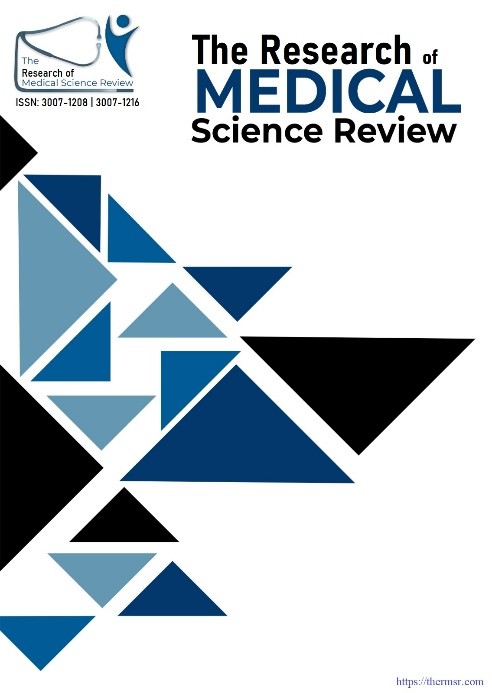DIAGNOSTIC ACCURACY OF THYROID ULTRASOUND IN DETECTING MALIGNANCY IN THYROID NODULE TAKING HISTOPATHOLOGY AS GOLD STANDARD
Main Article Content
Abstract
Introduction: Thyroid nodules frequently present in clinical settings. While the majority of thyroid nodules are benign, it is essential to investigate which nodules have a higher likelihood of being malignant. Ultrasound has been recognized as a non-invasive and straightforward imaging method for assessing thyroid nodules. A thyroid nodule is a distinct lesion that can be identified through ultrasound as separate from the surrounding thyroid tissue. It continues to be challenging to differentiate between benign and malignant thyroid nodules.
Objective: To determine the diagnostic accuracy of ultrasound for diagnosis of malignant thyroid nodule taking histopathology as gold standard.
Methodology: The research involved 348 patients who were selected consecutively according to age criteria between 20 and 70 years old with thyroid nodules that lasted for more than four weeks based on clinical diagnosis. The researchers obtained demographic information and clinical data. A single radiologist conducted thyroid ultrasounds with Nemio XG and 3.5–15 MHz probes for diagnosing solid, hypoechoic, calcified, and hyper-vascular nodules as USG+ve. Continuous variables within the study underwent mean ± SD analysis and categorical variables received frequency/percentage assessment through IBM-SPSS v26 software. The diagnostic metrics sensitivity, specificity as well as PPV, NPV, and accuracy was calculated from 2×2 tables. The research contained effect modifier control through stratified approaches and diagnostic accuracy evaluation after stratification.
Results: The female population composed a majority of 67.8% (n=236) participants. The study participants had a cumulative mean age of 42.53 ± 13.74 years. 29.6% of the total nodule diagnosed as malignant on thyroid ultrasound while 20.4% were actually malignant on histopathology. Thyroid ultrasound diagnoses malignant nodules with an overall 87.93% accuracy rate and 93.0% sensitivity along with 86.6% specificity and 64.1% PPV and 98.0% NPV.
Conclusion: The sensitivity and specificity levels of thyroid ultrasound in detecting malignant thyroid nodules are high but its positive predictive value is moderate making histopathological verification essential for accurate diagnosis in positive cases. The diagnostic accuracy shows age and gender dependency while obtaining maximum precision from middle-aged groups.
Downloads
Article Details
Section

This work is licensed under a Creative Commons Attribution-NonCommercial-NoDerivatives 4.0 International License.
